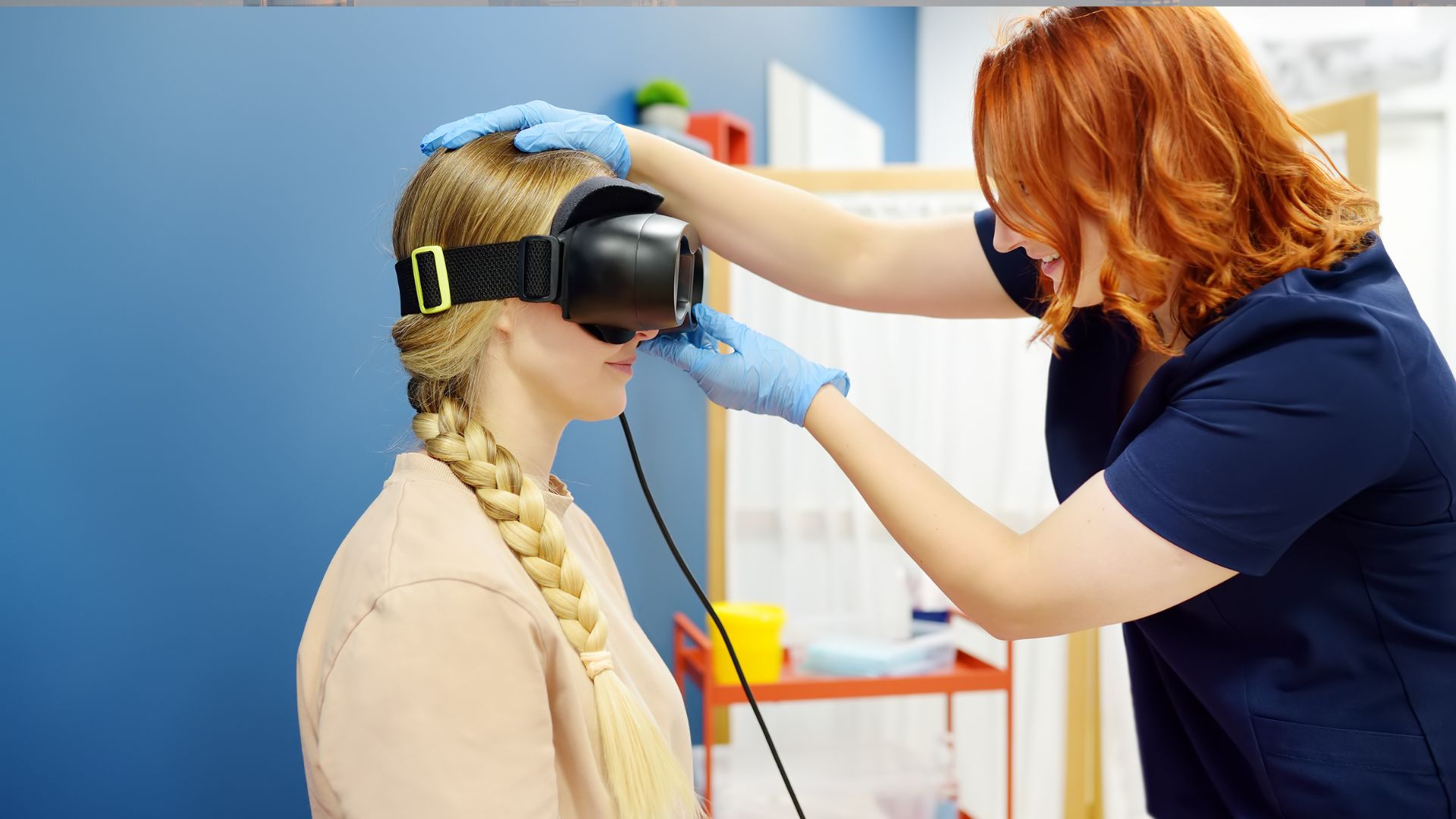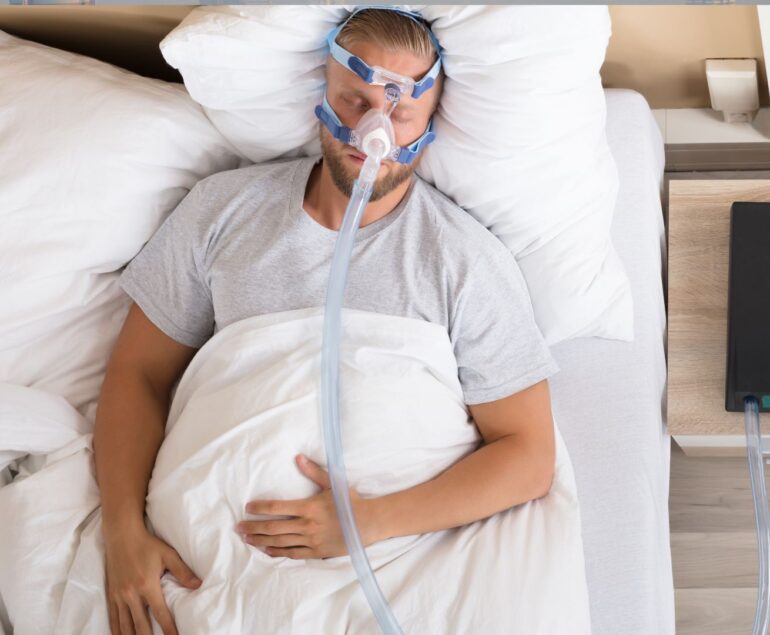Balance is a fundamental aspect of our daily lives, influencing everything from simple tasks like walking to more complex activities such as driving or participating in sports. However, for individuals experiencing balance disorders, these routine activities can become challenging and even dangerous. As an ENT surgeon specializing in treating balance disorders, I frequently recommend Vestibular Rehabilitation Therapy (VRT) as an effective treatment approach.
Introduction to Vestibular Rehabilitation Therapy (VRT)
Balance disorders encompass a range of conditions that affect the vestibular system, responsible for maintaining equilibrium and spatial orientation. VRT is a specialized form of therapy designed to address these disorders by promoting compensation for vestibular deficits and enhancing overall balance function.
Understanding Balance Disorders
Balance disorders can arise from various underlying issues, including inner ear dysfunction, neurological conditions, or injuries. Symptoms may include dizziness, vertigo, unsteadiness, and difficulty with coordination, significantly impacting an individual’s quality of life and independence.
Causes of Balance Disorders
Inner ear issues such as Meniere’s disease or benign paroxysmal positional vertigo (BPPV), head injuries, infections, and age-related changes in the vestibular system can contribute to balance disturbances, highlighting the importance of accurate diagnosis and tailored treatment plans.
Role of an ENT Surgeon in Vestibular Rehabilitation Therapy
As an ENT surgeon, my role involves diagnosing and managing balance disorders through comprehensive evaluations, including physical examinations, vestibular function tests, and imaging studies. Based on the assessment findings, I collaborate with patients to develop personalized treatment strategies, which may include VRT.
What is Vestibular Rehabilitation Therapy?
VRT aims to improve vestibular function and reduce symptoms through targeted exercises and maneuvers that promote central nervous system compensation for vestibular deficits. These exercises focus on enhancing gaze stability, habituation to motion stimuli, and proprioception.
How Does VRT Work?
VRT harnesses the brain’s neuroplasticity, facilitating adaptation and compensation for vestibular dysfunction by promoting synaptic changes and reorganization within the central nervous system. Through repetitive and progressively challenging exercises, patients can retrain their brains to interpret sensory input more accurately and regain balance control.
Who Can Benefit from VRT?
VRT is suitable for individuals with various balance disorders, including but not limited to vestibular neuritis, labyrinthitis, BPPV, and post-concussion syndrome. It can also be beneficial for patients undergoing vestibular rehabilitation after surgical procedures affecting the inner ear.
Benefits of VRT
The benefits of VRT extend beyond symptom management, encompassing improved balance, reduced fall risk, enhanced functional independence, and better overall quality of life. By addressing the underlying vestibular dysfunction, VRT empowers patients to regain confidence in their ability to perform daily activities safely and effectively.
Preparing for VRT
Before initiating VRT, patients undergo a comprehensive assessment to identify specific deficits and establish baseline measures of balance and function. Treatment plans are then tailored to individual needs, considering factors such as age, comorbidities, and treatment goals.
VRT Exercises and Techniques
VRT exercises encompass a variety of movements and activities designed to stimulate the vestibular system and promote adaptation. These may include gaze stabilization exercises, head and body movements, balance training, and sensory integration tasks.
Duration and Frequency of VRT Sessions
VRT typically involves regular sessions conducted under the guidance of a trained therapist, with exercises tailored to the individual’s progress and tolerance. Consistency and adherence to the prescribed regimen are crucial for achieving optimal outcomes, with periodic reassessments to track progress and make adjustments as needed.
Success Stories: Real-life Experiences with VRT
Many patients have experienced significant improvements in their balance and overall function following VRT. From regaining the ability to walk without assistance to returning to favorite hobbies and activities, these success stories highlight the transformative impact of VRT on individuals’ lives.
Combining VRT with Other Therapies
In some cases, VRT may be integrated with other treatment modalities such as medication management, vestibular rehabilitation, or lifestyle modifications to address multifactorial contributors to balance disorders comprehensively.
Challenges and Limitations of VRT
While VRT can be highly effective, it is not without challenges. Patient adherence and motivation are essential for achieving optimal outcomes, and some individuals may experience initial exacerbation of symptoms before improvement occurs. Addressing these concerns and providing ongoing support are critical aspects of successful VRT implementation.
Conclusion
Vestibular Rehabilitation Therapy offers a promising solution for individuals struggling with balance disorders, empowering them to regain stability, confidence, and independence in their daily lives. By harnessing the brain’s remarkable capacity for adaptation, VRT provides hope and tangible results for those navigating the challenges of vestibular dysfunction.
FAQs
- Is VRT suitable for all types of balance disorders?
- VRT can benefit many individuals with balance disorders, but the appropriateness of treatment depends on factors such as the underlying cause and individual health status. Consultation with a qualified healthcare provider is essential for personalized recommendations.
- How long does it take to see results from VRT?
- The timeline for experiencing improvements with VRT varies depending on the severity of the condition, adherence to the treatment plan, and individual factors. Some patients may notice changes within a few weeks, while others may require more extended periods of therapy.
- Are VRT exercises difficult to perform?
- VRT exercises are tailored to individual abilities and gradually progress in difficulty as patients adapt and improve. While some exercises may initially pose challenges, therapists provide guidance and support to ensure safe and effective participation.
- Can VRT be done at home?
- In some cases, therapists may prescribe home exercises as part of a comprehensive VRT program, supplementing in-clinic sessions. However, proper instruction and supervision are essential to ensure correct technique and maximize benefits.
- Is VRT covered by insurance?
- Coverage for VRT varies depending on insurance plans and individual policy provisions. It’s essential to check with your insurance provider regarding specific coverage details and potential out-of-pocket expenses.
About Author:
Dr. Vivek Kumar Pathak: Renowned ENT Surgeon, Senior Professor, and Founder.
Dr. Pathak, ENT surgeon at Kailash Hospital, Senior ENT Professor at Sharda University, and founder of Entegrity Care, brings expertise and innovation to healthcare. Discover the visionary behind Doxtreat Healthcare, shaping the future of ENT care.
Website www.drvivekpathak.com
Call +917838450942
WhatsApp +91 78384 50942
Book an appointment with Dr. Vivek kumar Pathak by filling the form.




